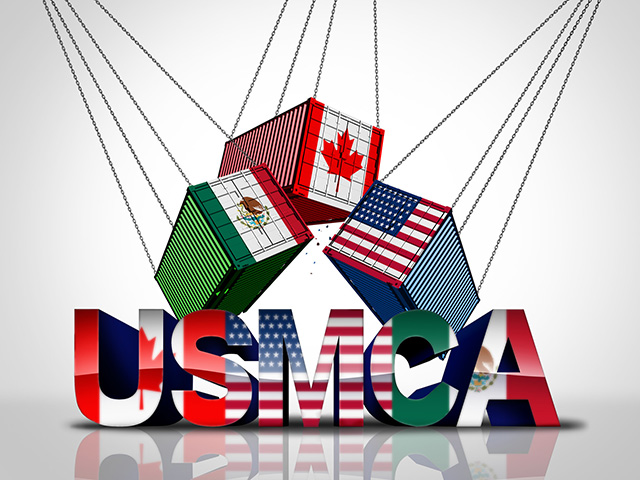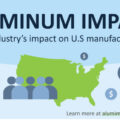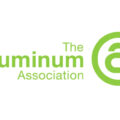The Aluminum Association of the United States has requested that the upcoming review of the United States-Mexico-Canada Agreement (USMCA), scheduled for July 2026, serve to unify tariffs on aluminum in North America and establish import control systems that prevent trade diversion and protect the US industry.
The President of the Association, Charles Johnson, stated that any future trade agreement with North American partners “must offer the same level of protection to the US aluminum industry as the measures adopted by the US government.” According to Johnson, these policies have driven more than $10 billion in investments in the sector.
The review of the treaty, which replaced NAFTA in 2020, has transformed from a routine process into a key negotiation for the aluminum industry, following the start of the public consultation on September 16, which will continue with a hearing on November 17.
The association’s vice president of external affairs, Matt Meenan, argued that the US, Canada, and Mexico must apply equivalent tariffs on metal from China or Russia to prevent aluminum from entering the US market through third countries. “If one of our partners does not apply the same tariffs, it creates back doors for unfairly traded metal,” he warned.
Among the sector’s concerns are also gaps in import monitoring systems: while the US and Canada have had them since 2021 and 2019, respectively, Mexico has not yet implemented its own, despite having agreed to it in the original text of the USMCA.
The issue of rules of origin also promises to strain negotiations. Currently, the treaty requires that at least 70% of the aluminum used in auto parts come from North America, although Washington could push to increase that threshold in the review.
In parallel, the US administration has expanded tariffs on steel and aluminum products, while Mexico is considering applying tariffs of up to 50% to more than 1,300 products from Asia.
According to Johnson, this change of course “responds to years of pressure from the sector” and reinforces the idea of a “North American fortress” against unfair trade.














